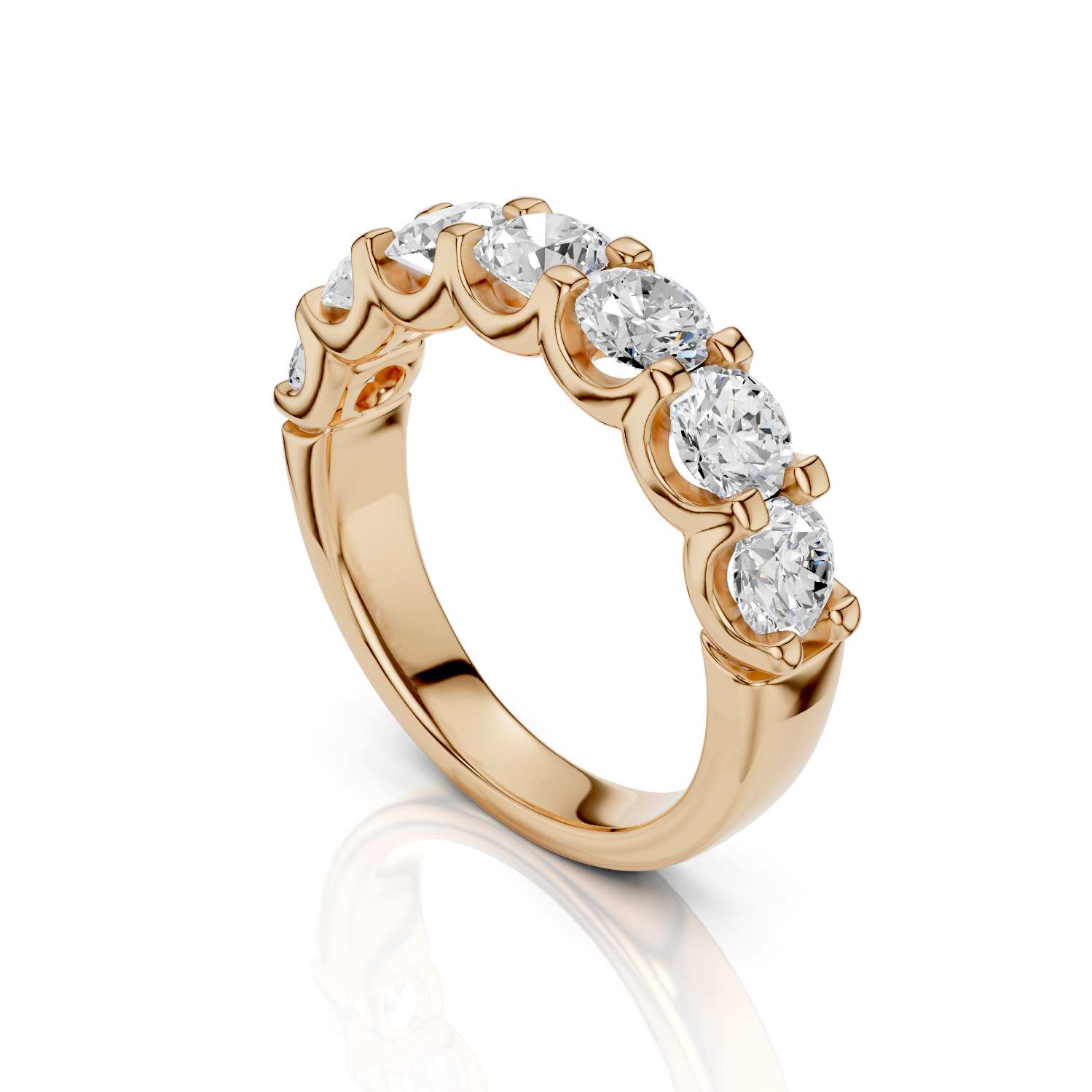
Custom jewelry design is a highly personal and creative process that hinges on understanding the unique preferences and desires of your customers. Incorporating customer feedback effectively not only ensures satisfaction but also fosters long-term loyalty. Here’s how you can integrate customer input into your jewelry-making process to create meaningful and bespoke pieces.
The foundation of successful custom jewelry lies in an open and collaborative consultation process. During the initial meeting, encourage customers to share their:
Take notes and ask clarifying questions to ensure you fully understand their expectations.
Many customers struggle to articulate their ideas clearly. Use visual aids such as:
This interactive process makes it easier to refine their ideas and align with their vision.
Breaking the design process into milestones allows you to incorporate feedback iteratively:
Each stage provides an opportunity to address concerns or make adjustments.
Modern tools make it easier than ever to collaborate with customers remotely. Platforms like Zoom or design software with shared viewing options allow customers to:
This not only saves time but also enhances their sense of ownership over the piece.

Custom jewelry often carries deep emotional value. Pay close attention to:
These elements transform a beautiful piece into a cherished keepsake.
Once the jewelry is complete, follow up with your customers to gather their impressions. Ask for:
This step not only ensures customer satisfaction but also helps refine your process.
Incorporate customer feedback into your long-term design strategy by:
This continuous improvement ensures your designs remain relevant and appealing.
Incorporating customer feedback into custom jewelry design is a dynamic and rewarding process. By actively engaging with your clients, leveraging technology, and focusing on personal touches, you can create stunning pieces that resonate deeply with their owners. This customer-centric approach not only enhances satisfaction but also sets you apart as a trusted and innovative designer.